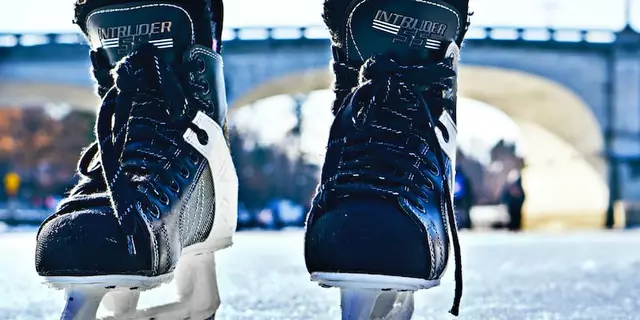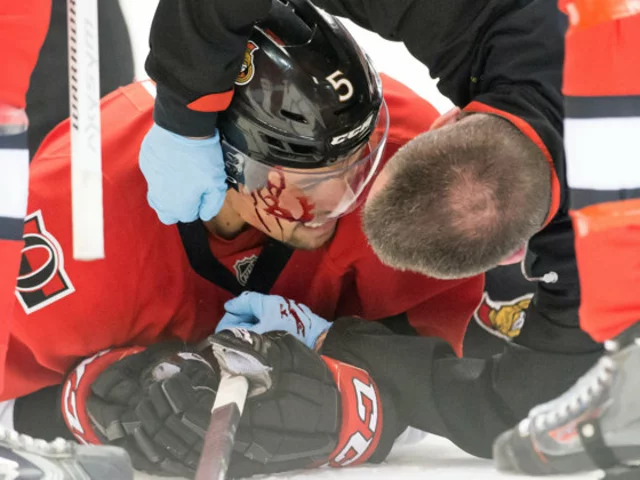Sports Fields: How to Keep Hockey Rinks and Pitches in Top Shape
If you run a local club or help out with a community field, you know that a well‑kept surface makes the difference between a great game and a painful injury. Below are simple, no‑nonsense steps that anyone can follow to keep a hockey rink or any other sports field ready for play.
Keeping Your Hockey Rink Ready
First thing’s first – the ice. An NHL‑level rink takes about a week to build, but most community rinks can get a solid surface in 3‑4 days. Start by cleaning the concrete floor and laying down a vapor barrier. Then install the boards and glass securely; loose boards cause bruises and game delays.
Next, spread a thin layer of water and let the chillers do their job. Aim for a surface temperature of –5°C to –7°C for a smooth glide. After you have a few centimeters of ice, use a scraper and a resurfacer (the Zamboni’s smaller cousin) to level the surface. Don’t skip the final polish – a well‑groomed surface reduces friction and gives players better control.
Maintenance is a daily habit. Check for cracks, water pooling, or frost buildup before every session. A quick melt‑and‑refreeze on a hot spot can prevent a costly repair later. Also, keep the dasher boards free of rust and check the glass bolts weekly. A tight, clean rink lets players focus on the game, not on dodging hazards.
General Field Maintenance Tips
Whether it’s a grass football pitch, a rubber astro‑turf, or a multi‑sport court, the basics stay the same: drainage, surface integrity, and safety checks. Start with drainage – water sitting on the field turns into mud, which kills the surface and makes players slip. Ensure the soil is graded properly and consider installing a French drain if water collects in low spots.
For grass pitches, mow regularly but not too short; 25‑30 mm is a sweet spot for most UK clubs. Rotate the mowing direction each time to avoid ruts. Aerate the soil once a season to improve root growth, and reseed bare patches before the growing season kicks in.
Artificial surfaces need a different approach. Sweep debris daily, brush the fibers weekly, and use a pressure washer to clean stains. A good infill level (sand or rubber granules) keeps the surface firm and reduces wear. Check seams for tears – a small rip can become a big hole after heavy use.
Safety signs, proper lighting, and clear markings are often overlooked. Install non‑slip paint for boundary lines, and make sure any nearby equipment (benches, goalposts) is anchored securely. A quick visual scan before each session catches loose bolts or broken nets before anyone gets hurt.
Budgeting for upkeep doesn’t have to break the bank. Plan a yearly maintenance calendar and spread costs across the season. Many local councils offer grants for community sports facilities; a well‑written proposal citing safety and participation stats can win you extra funding.
Finally, involve the community. Volunteers love to help with a quick clean‑up after a match, and that hands‑on involvement builds pride in the venue. A field that feels like a shared space gets better care and more frequent use.
Keeping sports fields – especially hockey rinks – in top condition is all about routine, attention to detail, and a bit of planning. Follow these steps, and you’ll have a safe, enjoyable venue that players keep coming back to week after week.

Why are some hockey pitches blue?
Hey there, puck lovers! Ever wondered why some hockey pitches are as blue as your grandma's favorite knitting yarn? Well, there's actually a method to the madness. These blue pitches add a pop of color, sure, but they also help the bright yellow ball to stand out better, making it easier for players to track its movements. So, next time you're watching a game, you can impress your buddies with this fun fact. Just like a peacock in a field of pigeons, that yellow ball is easier to spot on a blue pitch!
View More



